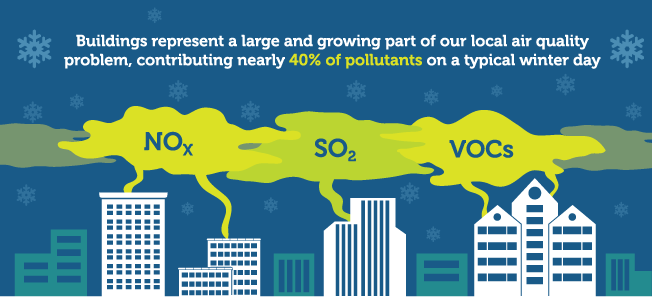Last Friday, Salt Lake City was recognized by The White House and U.S. Department of Energy (DOE) for its efforts to unlock access to energy data for building owners and improve energy efficiency.
Since 2013, Salt Lake City has partnered with both Rocky Mountain Power and Questar to provide whole-building energy data access to building owners through the Environmental Protection Agency’s ENERGY STAR Portfolio Manager Tool. The effort, which is on track for completion in 2017, will ensure effortless energy data management for building owners, providing a complete picture as to building energy use and enabling them to employ more responsive strategies.
“Salt Lake City, Rocky Mountain Power and Questar are working together to help building owners understand how their building is operating and to identify opportunities to improve energy management,” says Vicki Bennett, sustainability director for Salt Lake City. “By automating and streamlining the process, more Salt Lake City building owners will be able to improve energy efficiency – ultimately saving energy, money and emissions.”
Salt Lake City is committed to improving air quality, and buildings play an important role in emissions. The most recent data from the Utah Division of Air Quality show that 39% of existing air pollution comes from area sources (i.e. homes and businesses). This percentage is expected to increase significantly over the next 20 years as vehicles become more efficient, making building energy efficiency efforts more and more important.
Last week, Mayor Jackie Biskupski extended an invitation to leading industry experts to share their ideas and best practices for energy efficiency in buildings, as part of the Elevate Buildings process.
“There is nothing more important than the air we breathe, and working to clear our skies is a top priority of my administration,” says Mayor Biskupksi. “By collaborating with industry experts we will help improve air quality through increased energy efficiency our city’s largest buildings.”
Learn more about Salt Lake City’s efforts to cut energy waste in buildings at SLCgov.com/ProjectSkyline.




